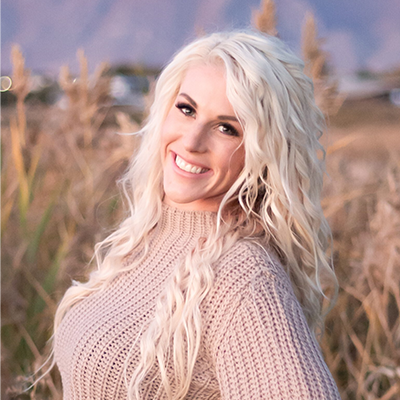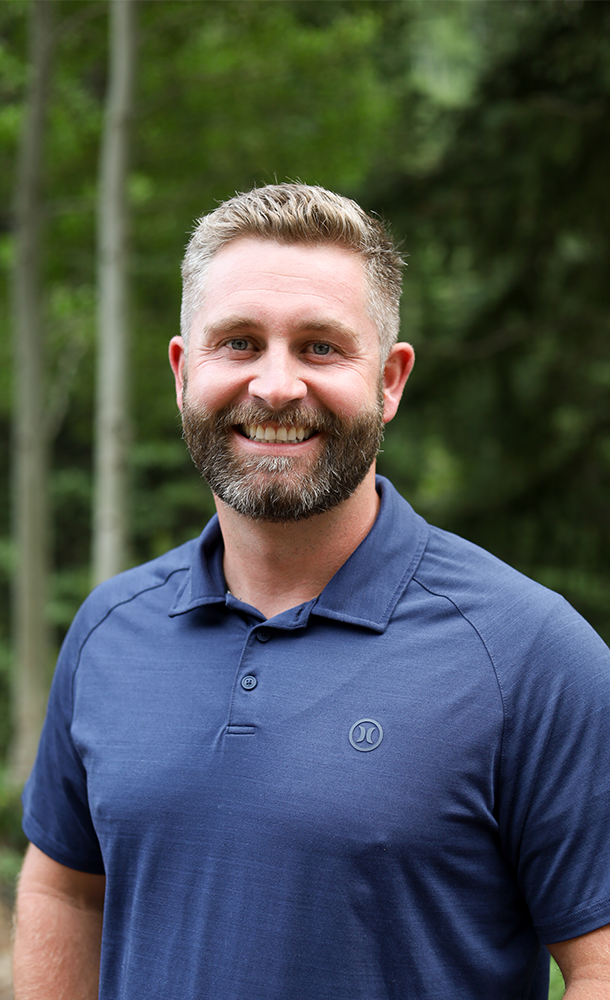With 2021 being the driest in the last 100 hundred years, and the western “mega-drought” being the most severe of the last 1,200 years, it’s hard to believe that certain western states are now dealing with a completely opposite problem: floods. Despite prior years being downright dismal in terms of precipitation for the Western U.S., 2023 brought atmospheric rivers and record snowpack that have caused severe flooding in cities and agricultural land alike. As a result, farmers, livestock producers, and agricultural workers are suffering from financial losses caused by this “weather whiplash”, as Interdisciplinary Scientist, Omanjana Goswami coined this harsh climate pattern in her article published by the Union of Concerned Scientists.
However, as we begin to embrace these abrupt weather changes as the “new normal” there are ways you can adapt your operation to remain profitable in both extremely wet or extremely dry conditions:
How to Prepare Your Agricultural Operation for Wet or Dry Conditions
1. Soil Management to Promote Water Capture and Storage
One of the best ways to add resiliency to your operation through both wet and dry years is to establish a soil management plan that is focused on increasing your soil’s ability to store and capture water. Some techniques to implicate in your operation could include:
- No-Till Planting
By utilizing no-tillage planting techniques, you can preserve your soil’s structure, its microbial population (which is essential for plant health and efficiency), and maintain its ability to absorb water, which is beneficial during periods of heavy rain and run-off.
- Utilizing Cover Crops
The use of cover crops, particularly those with long roots, helps to maintain your soil structure while increasing its porosity to make it more capable of capturing and storing water long term. By replenishing the aquifers beneath your ground, you are making your soil more resilient in drought conditions, which contributes to a faster recovery once normal conditions return.
- Diversifying Your Operation
Diversified operations are less vulnerable to losses incurred by rapidly changing weather patterns because they aren’t dependent on one singular crop for income.
Instead, they can preserve their soil by incorporating perennial crops, grassland, cover crops, trees, grazing animals, and building a mulch layer that protects soil from direct sunlight/water loss via evaporation. Many of these practices can generate their own lines of income, and simultaneously maintain your soil’s structure, improve its ability to store water, and build its organic matter content. All of which make your operation more productive, and therefore, more profitable.
2. Crop Insurance
Crop insurance comes in several forms, but in general, is intended to protect agricultural producers from losses in crop yields that can occur due to a variety of circumstances, typically weather. For livestock and forage producers, crop insurance comes in the form of Pasture, Rangeland, and Forage (PRF) insurance. PRF coverage, like effective soil management, should be a part of your plan to mitigate the long-term risks of alternating droughts and floods. Here’s why:
- You can Benefit from PRF insurance Even Outside of Drought Conditions
PRF insurance coverage can trigger cash indemnities whenever precipitation is below your land’s 70-year average, meaning you don’t have to be in a drought to reap your policy’s benefits. This is why many producers with PRF insurance, remain net positive throughout the lifetime of their policy, even when taking wetter-than-average years into account. Over the long term, the extra income will allow you to implement sustainable practices and build healthy savings that can keep you protected during dry years, so you can maximize your profit when the deluge arrives.
- PRF Insurance Policies Are Self-funding
Most producers can receive protection from below-average precipitation without paying anything out of pocket. This is because PRF insurance policies are self-funding, which means that with no premium due up-front, cash indemnities will be credited toward your premium until the balance is satisfied. Then, any additional cash indemnities will go straight to you with no out-of-pocket cost.
However, it’s important to keep in mind that PRF indemnities are triggered by low rainfall. This means that if your land receives above-average rainfall during your coverage intervals, you may owe a portion of your premium at the end of the year.
- PRF Insurance is Subsidized by the USDA
All crop insurance is included in Title XI of the Farm Bill. Regarding PRF insurance, this means that the US Federal Government is responsible for a portion of the insured producer’s premium, making coverage more affordable in instances of a wetter-than-average year when a producer may owe some of their premium amount to their Authorized Insurance Provider.
- Your Coverage can be Customized to Your Operation
Redd Summit Advisors, one of the leading providers of PRF insurance, works with you the producer to create customized policies that can maximize your potential for receiving cash indemnities and minimize your risk of owing a portion of your premium balance.
If you’re curious about how the program would work on your ranch, they’ll run your numbers for free. Visit https://www.reddsummit.com/get-a-quote or call (435) 625-1022 to get a quote.
Conclusion: A Healthy Management Plan = Healthy Profits
Sustaining your operation through alternating wet and dry periods all boils down to your management system, and having a plan in place to protect your profits when the weather isn’t on your side.
A soil management system that increases your soil's ability to capture and store water combined with a diversified operation will keep you resilient in periods of high run-off/heavy rainfall and drought alike. You can then protect your profits with crop insurance that will supplement your income when your land experiences below-average precipitation.
For more information on risk management, livestock production, and agricultural insurance products, visit and subscribe to the Redd Summit blog.





.webp)




